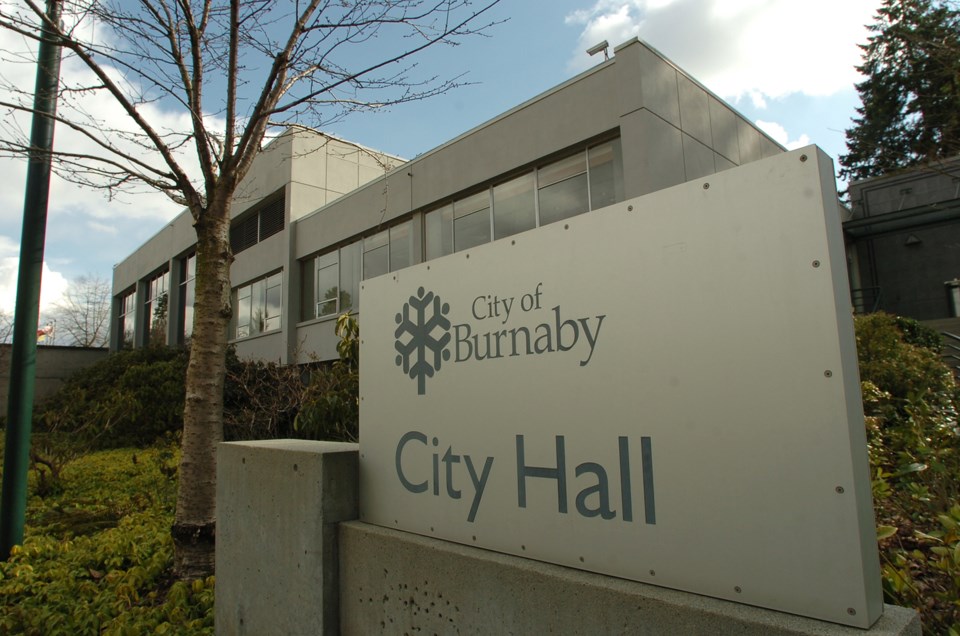Burnaby will need an additional 7,400 units of low to mid-market range housing by 2021, according to Coun. Colleen Jordan.
Metro Vancouver has informed Burnaby that it will need to drastically increase its housing stock in those categories within the next six years, she said at Monday night’s council meeting.
“We have some significant challenges,” Jordan, who chairs the city’s planning and development committee, said. “We’re not going to be able to do this on our own. We need help from the other orders of government to do that.”
As of 2011, there were approximately 91,400 residential housing units in Burnaby and since then, the city has issued building permits for approximately 7,300 new and replacement housing units, with 58 per cent in highrises, 20 per cent in lowrises and townhouses, and 22 in single-family homes and duplexes, according to a city staff report. On average, 1,500 housing units in a range of markets have been added annually to Burnaby’s housing stock over the past decade.
The Burnaby housing report was requested by the city’s planning and development committee at its April 28 meeting, and was presented to council this Monday.
“I don’t know if you’ve noticed this, but housing seems to be taking a very prominent place in the minds of people in the region and in our city,” Jordan said at the meeting. “A lot of people are struggling because we don’t have very accurate information we’re trying to deal with when we’re making housing policies.”
The report detailed the city’s housing policies and programs, population and housing stock, and specific information on rental housing.
“It’s the hope of the committee that instead of just focusing on one particular issue that seems to pop up from time to time, or another issue that pops up, that this document will provide us a framework that looks across the whole housing continuum, that we can use this as a baseline for studying going into the future,” Jordan said, adding it’ll make sure “we’re not just picking things out of the air and saying, ‘well, I think we’re doing a good job on this.’”
In 2011, 64 per cent of Burnaby residents owned their homes while 36 per cent lived in rentals, according to the 2011 National Housing Survey numbers provided in the report. The city estimates it currently has 31,290 units of rental housing.
The city has the second-largest non-market rental housing stock in the region but it is not increasing significantly, and the primary issue affecting non-market rental housing in the city is a lack of funding from senior levels of government, according to the report.
The city has policies in place to support the development of non-market housing and also provides funding for non-market projects through the city’s Community Benefit Bonus Housing Fund, the report stated.
The city has funded 19 units of special needs and affordable housing in the city, contributed $1.7 million to non-profit housing projects and provided land leases to seven non-profit housing projects, the report added.
There are an estimated 7,900 units of non-market rental stock in 154 developments in the city, the report stated, with the highest amount – 42 per cent – in non-profit and public housing.
Increasing non-market rental stock, as well as other affordable housing in the city, requires a commitment from senior levels of government, Mayor Derek Corrigan said at the meeting.
“As you know, it’s not up to the property taxpayer to try to subsidize other people’s homes,” he said. “So we need much more significant commitments from the provincial and federal government to all types of housing, particularly in the affordable rental and social housing markets, which are the ones that have been devastated by two decades of inaction. I think that’s where the problem lies and continues to lie.”



